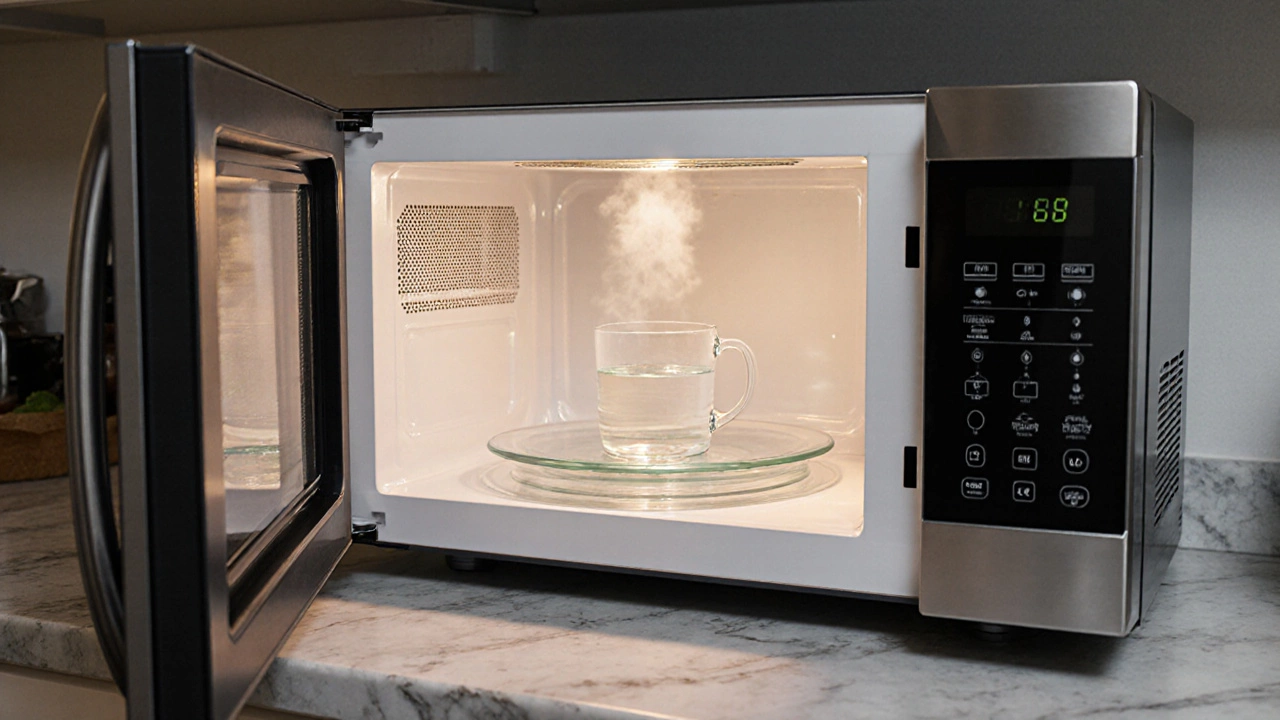When working with Microwave Door Interlock, a safety switch that stops the magnetron when the oven door isn’t properly closed, preventing radiation leaks. Also known as door interlock, it is essential for kitchen safety. Most people don’t think about it until the microwave refuses to start or clicks loudly when the door is shut. That little component is the gatekeeper – if it senses the door isn’t sealed, it cuts power to the high‑voltage transformer. In plain terms, the interlock is what keeps you from getting a surprise zap and keeps the food cooking safely. The first thing to know is that the interlock works hand‑in‑hand with a few other parts: the fuse, the door latch, and the control board. When any of those fail, the interlock will shut down the whole system. Understanding this chain helps you diagnose the problem faster, saves time, and avoids unnecessary part orders.
One of the most frequent culprits behind a dead microwave is a blown Microwave Fuse, a safety component that protects the appliance’s circuitry from power surges. If the fuse is blown, the interlock never gets the signal to energize the magnetron, so the unit stays silent. Checking the fuse is a quick first step – you can test it with a multimeter or simply replace it with a matching rating. Another key player is the Door Latch, the mechanical piece that aligns the door and tells the interlock the door is closed. A loose latch or broken latch pins will trick the interlock into thinking the door is open. Tightening the latch screws or swapping the latch springs often restores normal operation. Lastly, the interlock itself can wear out; the plastic contacts inside can become corroded or the spring can lose tension. Replacing the interlock module restores the safety loop. In short, microwave door interlock problems usually involve a chain: a busted fuse stops power, a faulty latch misleads the interlock, and a worn interlock shuts everything down. Knowing which link to test first cuts down on guesswork and gets your microwave humming again.
So, what should you do when the microwave won’t run? Start with a visual inspection: look for a broken latch, a scorch mark on the fuse, or a loose wire on the interlock board. If everything looks intact, grab a multimeter and check continuity on the fuse and interlock contacts. Replace any faulty part with a genuine OEM piece – cheap knock‑offs often fail sooner. If you’re not comfortable handling high‑voltage components, that’s when a professional from Taunton Appliance Repair Solutions steps in. Our technicians know how to safely test the interlock circuit, replace fuses, and fit new door latches without compromising safety standards. Below you’ll find a curated list of articles that walk through each step in detail, from fuse testing to full interlock replacement, so you can decide whether a DIY fix is within reach or if it’s time to call in the experts.
Posted by
Orin Trask
0 Comments

Learn how to spot a failing microwave oven with simple DIY checks, symptom guides, and safety tips to decide if repair or replacement is needed.
read more